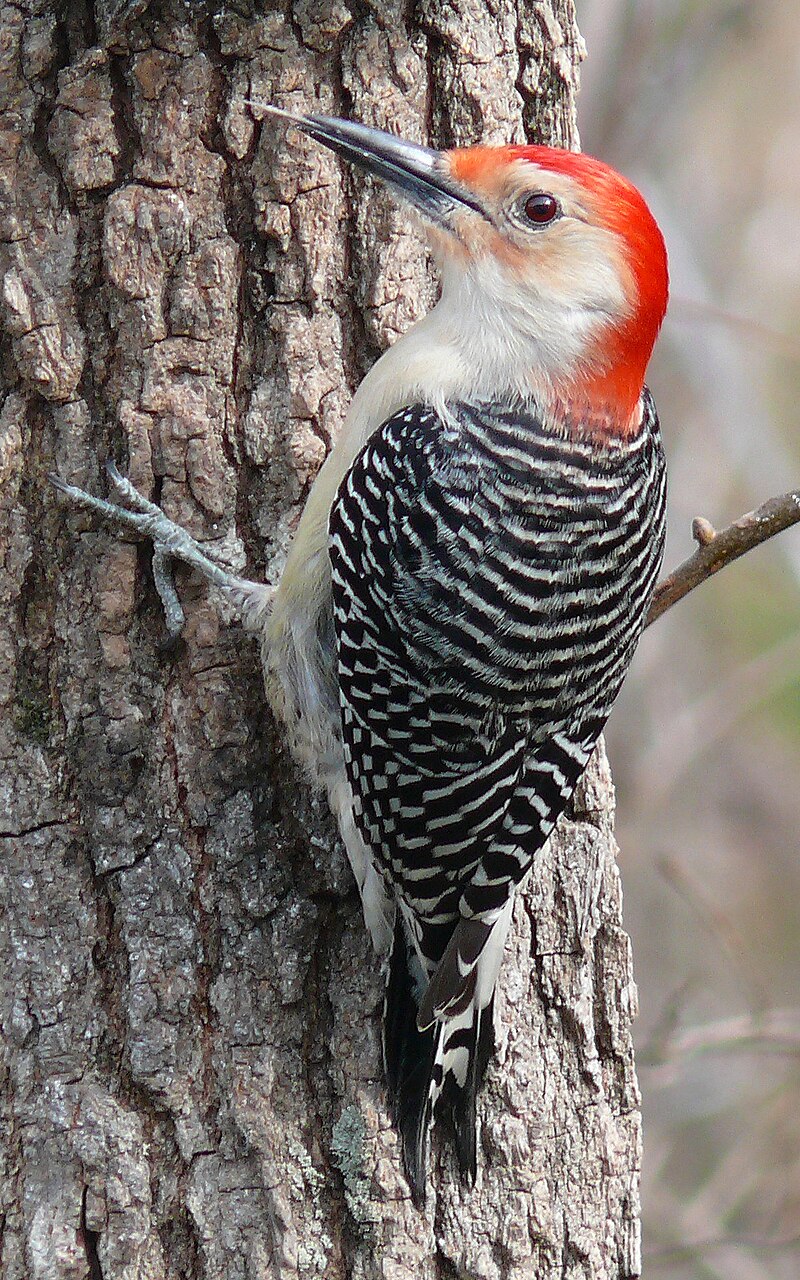Unveiling the Tricks of Woodpeckers: Actions, Habitat, and Much More
Woodpeckers, with their one-of-a-kind behaviors and specialized adjustments, have actually lengthy amazed researchers and nature fanatics alike. These remarkable birds possess a variety of intriguing secrets that clarified their survival methods, environment choices, and intricate communication techniques. By discovering the enigmas surrounding woodpeckers' actions and environment selections, a deeper understanding of these avian wonders emerges, providing a peek right into their interesting globe. What makes these birds genuinely phenomenal, and just how do they browse their setting with such accuracy and ability? Allow's check out the fascinating world of woodpeckers and untangle the enigmatic information that make them such fascinating topics of research study.
Woodpecker Habits Insights
In taking a look at woodpecker habits, a fascinating display of specialized abilities and adaptations emerges, clarifying their exceptional environmental niche - Woodpeckers in Florida. Woodpeckers, recognized for their unique drumming on trees, possess a selection of behavioral characteristics that add to their survival and success in their atmosphere. One essential behavior is their drumming, which offers multiple objectives such as communication, establishing region, attracting friends, and finding food sources. This rhythmic pecking likewise showcases their amazing toughness and endurance, as they can hammer away constantly at high speeds without triggering harm to themselves.
Additionally, woodpeckers exhibit a special feeding behavior defined by their capacity to extract bugs from tree bark utilizing their specialized beaks. Their long, barbed tongues aid in recording prey, while their strong neck muscular tissues provide stability and precision throughout pecking activities. This feeding strategy enables woodpeckers to accessibility hidden insect larvae and extract them with impressive efficiency.
Habitat Preferences and Choice
What variables influence the habitat preferences and choice of woodpeckers? Woodpeckers are very adaptable birds known to live in different settings worldwide. Nonetheless, they do exhibit choices for sure environment features. One crucial factor influencing woodpecker habitat choice is the schedule of suitable nesting websites. Woodpeckers typically choose forests with a mix of mature trees that offer sufficient chances for tooth cavity excavation. These tooth cavities act as critical nesting and roosting websites for woodpeckers and are crucial for their reproducing success.
Additionally, woodpeckers reveal a preference for environments with an abundant supply of food sources. They are largely insectivorous, feeding on beetles, ants, larvae, and various other bugs located in worn out wood or tree bark. As a result, woodpeckers have a tendency to prefer wooded areas with a diverse insect population to meet their nutritional demands.
Moreover, the existence of dead or worn out trees is another crucial factor in woodpecker habitat option. These trees not only supply food resources but likewise offer suitable substratum for dental caries excavation. Dead trees are vital for the upkeep of healthy and balanced woodpecker populations, as they play an important duty in the woodpeckers' life cycle and ecosystem characteristics.
Feeding Habits and Diet Plan Composition
Woodpeckers show a specialized feeding behavior concentrated on foraging for insects within different habitats. Their diet plan primarily contains pests such as beetles, ants, caterpillars, and spiders, which they find by touching on tree bark and listening for the sound of movement inside. Woodpeckers utilize their strong beaks to drill right into the wood and their long, barbed tongues to remove prey from gaps. Along with insects, woodpeckers likewise eat tree sap, fruits, nuts, and seeds, adding range to their diet plan depending upon the period and accessibility of food sources.
The foraging techniques of woodpeckers are well-adapted to their arboreal way of living. Woodpeckers play a critical duty in preserving the health of forests by regulating insect populations and aiding in the disintegration of timber.
Drumming Seems and Communication
Making use of fast drumming audios on different surfaces, woodpeckers use an unique form of interaction to indicate territory borders and draw in mates. This drumming actions is not only a method of communication yet also functions as a method for woodpeckers to establish their existence within a particular location. The intensity, speed, and pattern of the drumming can share essential information to various other woodpeckers in the vicinity.
Woodpeckers make use of drumming audios to reveal their visibility in an area and to warn off prospective intruders. The loud and repeated nature of the drumming offers as a clear signal to other woodpeckers that the location is already asserted. This helps in minimizing conflicts and lessening physical battles between people.

Survival Adaptations and Specialized Anatomy

Verdict
In final thought, woodpeckers exhibit unique actions, such as drumming noises for communication, and have actually specialized composition for survival in their chosen environments. Their feeding routines and diet make-up additionally demonstrate their flexibility to different environments. By recognizing these elements of woodpeckers, scientists and guardians can better secure and preserve these remarkable birds and their environments.